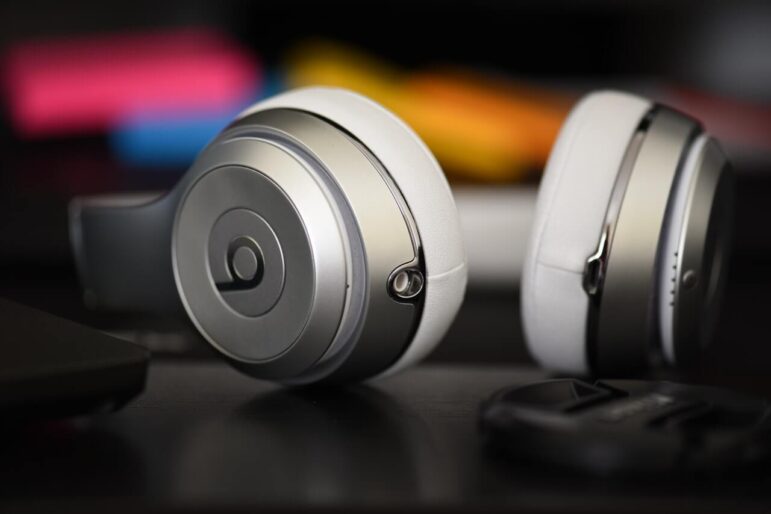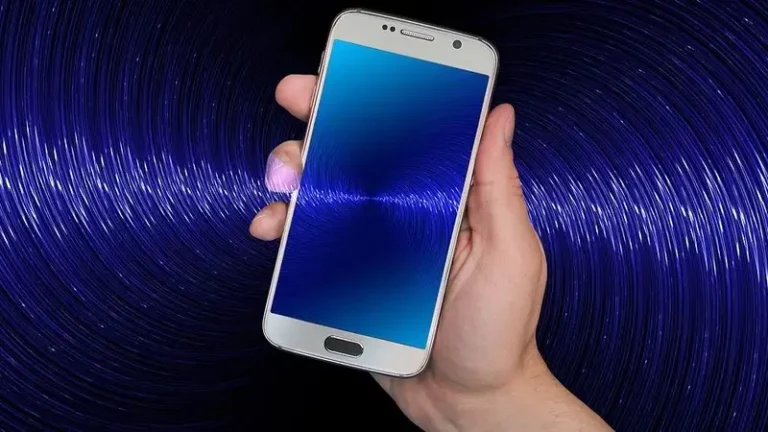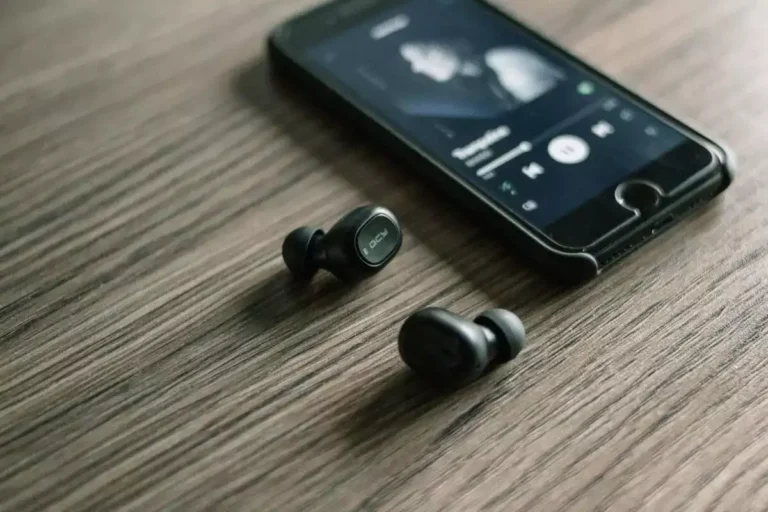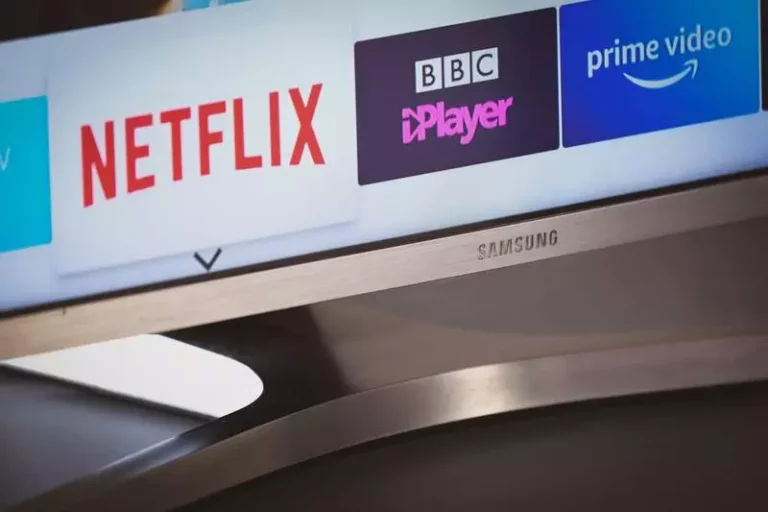Improving Bluetooth Reception: Tips and Tricks
You probably know where to get wireless headphones, speakers, and earplugs and which ones to buy. Even in the unlikely scenario that you don’t, you can find out easily.
However, what is the next step? What do you do after that? How can you make sure these devices work efficiently once you’ve bought them?
That’s where I come in!
The easiest way to improve their efficiency is by enhancing your Bluetooth reception.
In this article, I will be giving you seven tips to do just that.

How does Bluetooth Work?
But before I get into those tips, we need to discuss how Bluetooth works. Understanding how the technology functions is the first step in making the most out of it.
In short, Bluetooth is a short-range wireless communications technology. It takes the place of cables connecting electronic devices and allows you, the user, to have conversions through headphones, use a wireless mouse to make houses on Minecraft, and synchronize data from a smartphone to a laptop using the same core system.
Now let’s get into the details.
The typical Bluetooth transmitter uses the same range of frequencies as microwaves and Wi-Fi, i.e., 2.4 GHz. Since waves with the same frequency interfere, Bluetooth core processors employ a frequency hopping technique to avoid this kind of disturbance.
One of the more complicated parts of understanding Bluetooth technology is how two wireless devices link together. With cords, it’s simple—plugin one end of a wire into one device and the other in the second.
Bluetooth devices use something called an “inquiry” and “inquiry scan.” When an inquiry is received, the scanning device responds with the data necessary for the inquiring device to determine and display the nature of the device that has recognized its signal.
Example
So if you wanted to print a picture from your phone wirelessly, you would go to it and choose the option that says ‘print.’ Your phone would then look for nearby devices suited for this task and eventually come across the printer.
The printer would then respond to the inquiry sent by your phone and show up on your screen as an ‘available device.’ Following this, the wireless printer would establish connections at successively higher layers of the Bluetooth protocol and start the printing process.
Now that you know what a Bluetooth connection is and how the technology works, let’s get into how you can make it stronger.
How to Improve Bluetooth Connection?
Improving your Bluetooth reception is all about identifying the factors coming in the way of said connection and overcoming them. Each of the following seven tips targets one of several potential problems and tells you how you can fix it.
Since they’re all different, you may not need to employ all of them. You might just need one or two out of the list. Therefore, it’s essential you read through the details for each and then pick the ones best suited to you.
1. Clear Out A Path
My first tip revolves around clearing a path for your Bluetooth connection.
The path I am referring to here is the area the radio waves from your phone or laptop have to travel to reach your headphones or speakers. Remove any obstructions like metal pipes, and you’ll significantly impact the strength of your Bluetooth reception.
To understand what this means, we need to discuss how Bluetooth works. With typical devices, wires relay data from point A to point B. However, that isn’t possible in wireless technology.
These devices use short-wavelength radio waves. Waves are defined as the propagation or transport of energy through a medium, the medium here being air. This means that even though we can’t see them, the waves are active in the air around us.
Moreover, this also means that objects can block them, or at the very least, hinder their movement. Everything from water to wiring can cause trouble. And if the wave isn’t moving properly, your Bluetooth connection will suffer.
All of the following devices can cause interference:
- Cordless telephones
- RF video transmitters
- Wireless cameras
- Baby monitors
- Some external monitors
- Wireless audio equipment
- Some electrical power sources, such as power lines
- Microwaves
Therefore, whenever you use a Bluetooth gadget, clear out a path between the transmitting and receiving devices. You can do this in one of two ways.
First, remove the obstructions. Pick them up and give them new places to reside in. Alternatively, if you can’t get rid of the obstacles, relocate the devices themselves. Move them to a place where you won’t have to deal with the obstacle.
Pro Tip: Keep your devices high to maximum wave transport efficiency.
2. Don’t Go too Far Away from the Transmitter
Try to stay within 10 meters of the transmitting device, and you’ll keep your connection strong. As soon as you step outside that radius, you will lose reception, and the quality of your songs or calls will drop.
The exact radius or length varies from device to device. This is because there are different versions of Bluetooth, and each one works slightly differently. However, most headphones and speakers use class 2.
Class 2 Bluetooth has a range of 10 meters. Therefore, this is a good estimate to live by. Even so, you may come across devices using versions with higher ranges, so you should always check the device’s information page on its manufacturer’s website for details.
Alternatively, each device comes with an instruction manual. In addition to guides on turning your headphones on and turning them off, there is also a section outlining your purchase specifications. Here you can find the class and maximum distance you can travel before reception drops.
Moreover, there is one additional thing you should consider. The first tip regarding obstructions is relevant here. When the Bluetooth connection has to travel a greater distance, there are more chances of interruptions.
So even if you have a large radius, you might want to consider staying close by.
3. Buy A Bluetooth Router
My third tip is built off the second because sometimes you can’t help but go beyond the recommended range if this sounds like you, buy a Bluetooth router and make your life easier.
10 meters can seem like a lot, but more often than not, it isn’t. When using Bluetooth devices, you’ll often find yourself going beyond this radius.
For instance, if you have put your phone on charging at your desk in the office and you need to get coffee from the kitchen, you might just leave it there, taking your headphones with you. This is because doing so allows you to pick up a call in case someone rings you.
Similarly, when at home, you could venture out into your lawn with a speaker but leave your laptop inside.
These violations are highly probable because no one walks around with a measuring tape marking 10-meter circles. Most times, they occur unknowingly.
If you notice that you leave the radius often, try using a Bluetooth router. They extend your reception and allow you to connect the transmitting and receiving devices at much longer distances than normal.
4. Buy Compatible Devices
In today’s day and age, we’re all constantly told to be financially responsible and save money wherever possible. While this is a noble principle, it can, at times, affect the quality of your IT experience.
Newer technology comes out every day, and refusing to keep up with it can deprive you of several benefits.
This is especially true if you want the best Bluetooth connection. You will have to buy compatible devices and spend money to replace gadgets – not because they don’t work but because they’re outdated.
What does this mean?
For instance, the newer Bluetooth versions like the 4.0 and 4.2 are significantly more powerful than their predecessors. Their standard specifications offer so many more options and give you a larger radius to operate under.
Most come with enough power to transmit data across 1000 feet.
If you try using it with an older headset, say one with a 33-feet range, the maximum distance between the two before the link falls will be 33 feet. This means you’ll lose out on huge benefits simply because your two devices don’t have the same specs.
Additionally, this also means that you aren’t getting your money’s worth on the newer device. You can’t use it to its fullest, so why bother purchasing it in the first place. While I am not telling you to spend exorbitant amounts of money to keep up with the ever-growing world of technology, I’m saying you need to make sure all of your devices are of the same caliber.
5. Repeat the Signal
If the thought of spending money as suggested by my fourth tip scares you, I have good news. If you work in an environment with fixed infrastructure like a home office or an apartment building, you don’t need to buy new devices.
Instead, you can purchase a Bluetooth repeater. When there is a big difference in strength between your two devices, this technology will give the less powerful device a boost.
As long as you remember to keep the repeater near the weaker device, you’ll be good to go.
Unfortunately, this isn’t practical for casual use. You’ll have to upgrade your devices for that.
6. Keep an Eye on Your Device’s Battery
Since Bluetooth devices don’t work with cords, they have to be charged regularly. Wireless headsets, multimedia devices, tablets, and keyboards depend on their charging to provide the energy needed to transmit their wireless signals.
Therefore, when they have low battery, their transmission is impacted, and you may experience dropouts.
This means that even if the two devices are right next to each other and don’t have any interference, you can still have a poor connection. The best way to fix this problem is by establishing a charging routine.
Ensure that your device has enough juice to work at its full potential.
7. Stay on Top of Updates
Keeping your phone and laptop updated can do wonders for your Bluetooth connection. Since they strengthen your operating software (OS), they help it carry its enormous burden.
Your OS is responsible for everything from hardware issues to memory constraints, making it vulnerable to short-circuiting. If that happens, you lose your Bluetooth reception completely.
Therefore, I can not stress the importance of staying on top of updates enough.
We’ve all found ourselves clicking the ‘later’ button on update notifications because it seems like too much of an effort. You think you can do it tomorrow but end up postponing then too. It is imperative that you stop doing that. It’s harmful to your device and your Bluetooth reception.
Wrap Up
There are so many things that can go wrong with your Bluetooth connection. From baby monitors disrupting its waves’ motion to you moving too far away from the transmitter, several factors can interfere with the quality of reception.
However, all is not lost because you can fix these things quite easily. The baby monitor can be moved out of the way, and you can move closer to the device. Alternatively, you can relocate the Bluetooth device and mitigate the impact of the baby monitor while purchasing a router to extend the range of your wireless gadget.
With numerous potential obstacles, there are numerous potential solutions. All you need is a basic understanding of how Bluetooth works and a crash course on the different ways things can interrupt its connection.
Since that is exactly what I did in this article, you can always come back and go over the information I’ve provided again if your Bluetooth reception goes down.

Espen
Espen is the Director of ProPairing and has written extensively about Bluetooth devices for years. He is a consumer product expert and has personally tested Bluetooth devices for the last decade.






